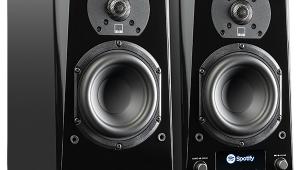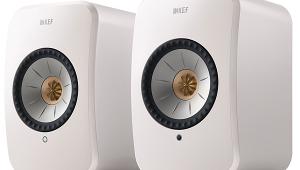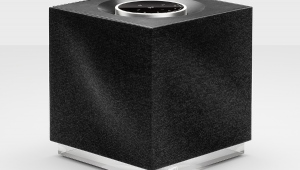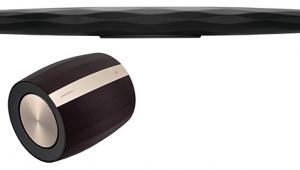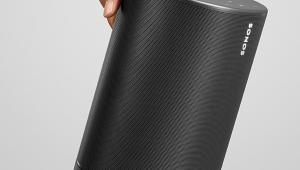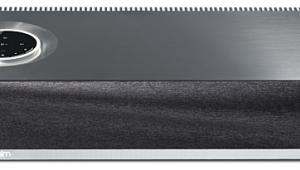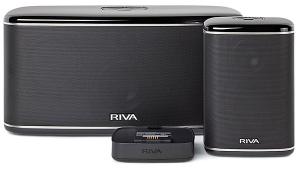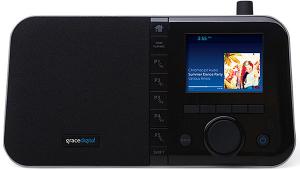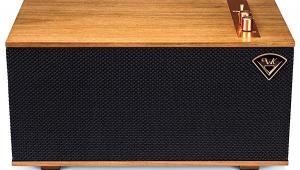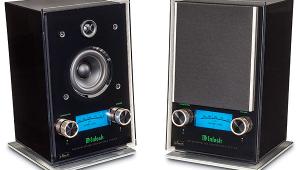With all due respect, what is this article doing on a site with the URL www.hometheater.com? Except for the fact that the device can produce sound (then again, so can a bicycle), it's not related at all to what I come here for. "But the target audience for this product would rather not fuss with speaker placement or cables." - I would claim that the target audience for this site for the most part would love to fuss with speaker placement and cables.
Sorry for the rant but irrelevant content is a very slippery slope and I happen to like this site a lot. Most days.





